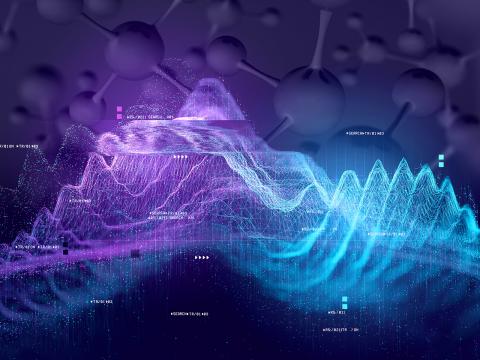CyberNET Testbed

Cyber networks are constantly under attack by bugs, bots, and nefarious actors. While system owners acutely understand the need to secure their networks, they’re not always sure of the best actions to take. Rigorous exploration of the cybersecurity domain—in a controlled testbed environment—is important for understanding risks and testing mechanisms for defense and deterrence. The ability to run controlled and repeatable cyber experiments in testbed environment enables researchers to identify engineered solutions with predictable results.
CyberNET: a safe space for cyber experiments
PNNL researchers developed the CyberNET testbed to improve and enhance cybersecurity research. CyberNET:
- Offers an isolated and dynamic testbed that is easily configurable and customizable, where researchers can build, test, evaluate, or otherwise conduct research in an enterprise-like environment;
- Leverages cloud technology to offer a configurable and controlled cyber environment where realistic models can be executed using real software;
- Builds from OpenStack software with scientific modifications, using Xen and KVM hypervisors, and the cyber range toolkit from the Massachusetts Institute of Technology’s Lincoln Labs; and
- Provides a scientific testbed for generating cyber models, collecting data for analysis, and documenting the experiment for repeatable and reproducible results.
A scalable testbed for cyber simulations
CyberNET is a scalable testbed that accelerates cyber research while reducing costs, time, and redundancies across the cybersecurity domain. Enhanced modeling and simulation, supported by real-world data sets, increases realism in models, leading to more impactful research.